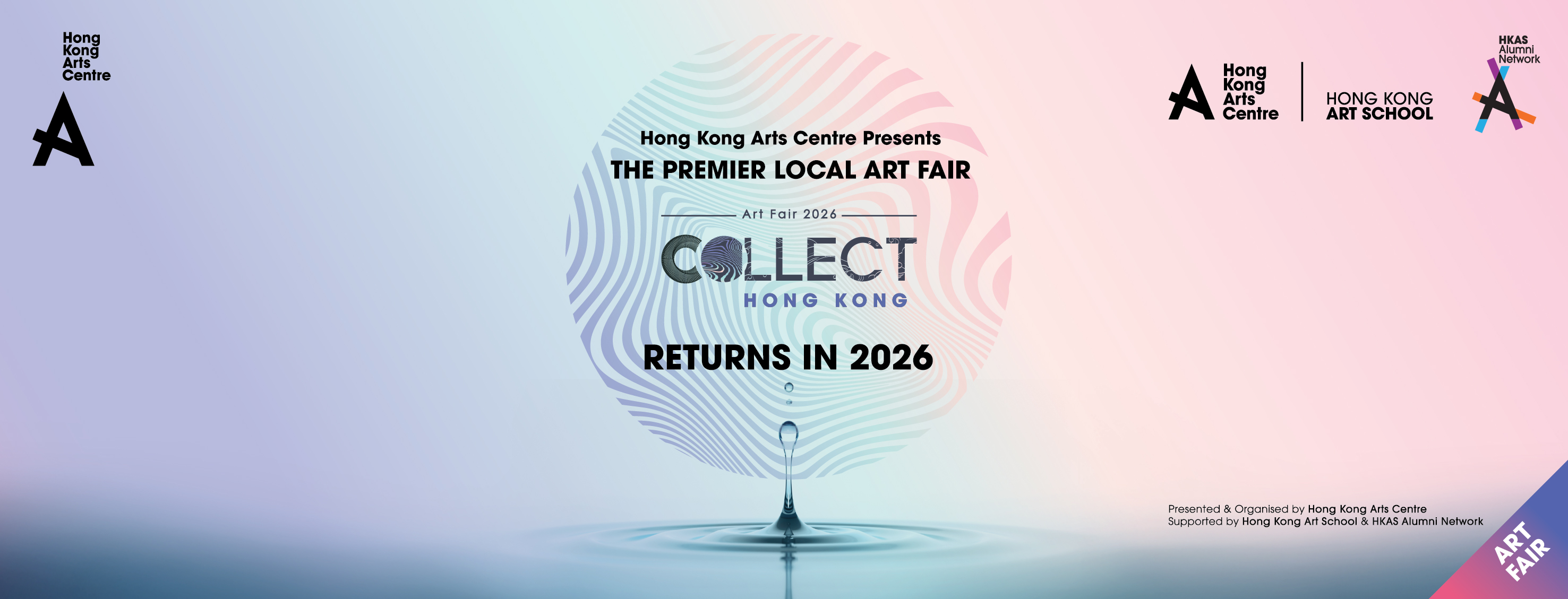CURRENTLY SHOWING
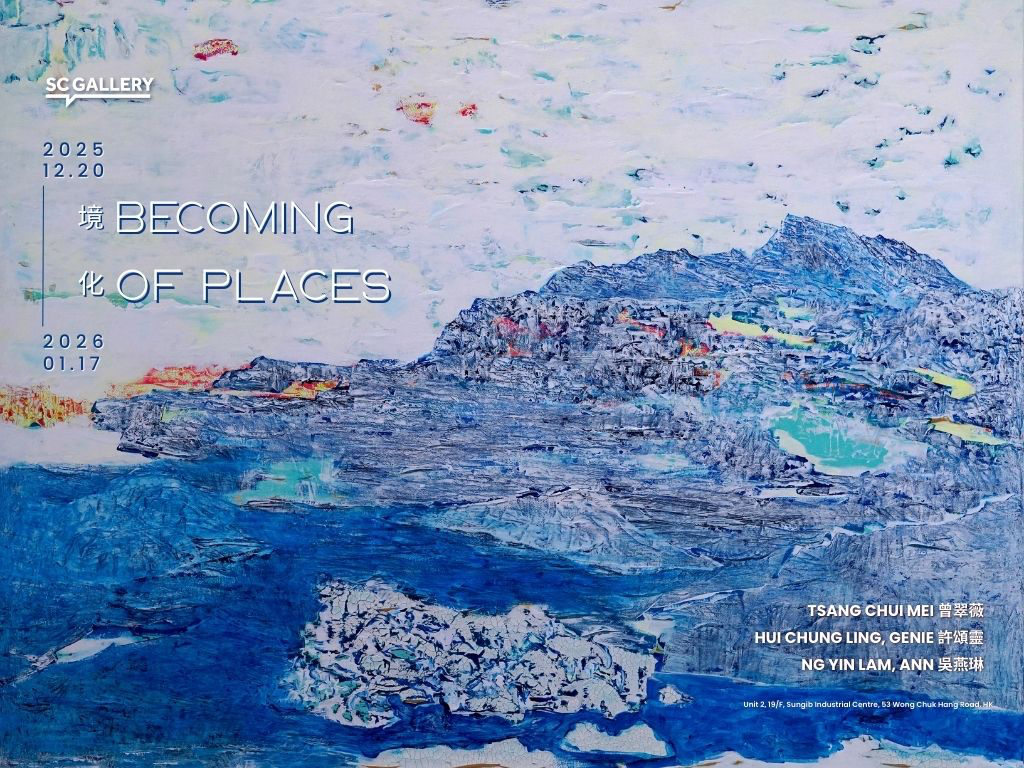
SOUTHERN
Becoming of Places
20 Dec – 17 Jan, 2026
SC Gallery
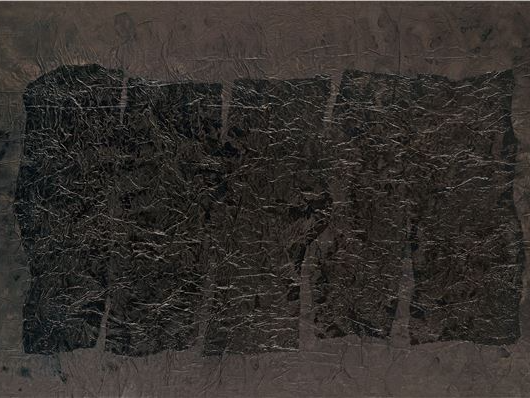
CENTRAL
Decade One: Chronolect
18 Dec – 31 Jan, 2026
Tang Contemporary Art (Central)
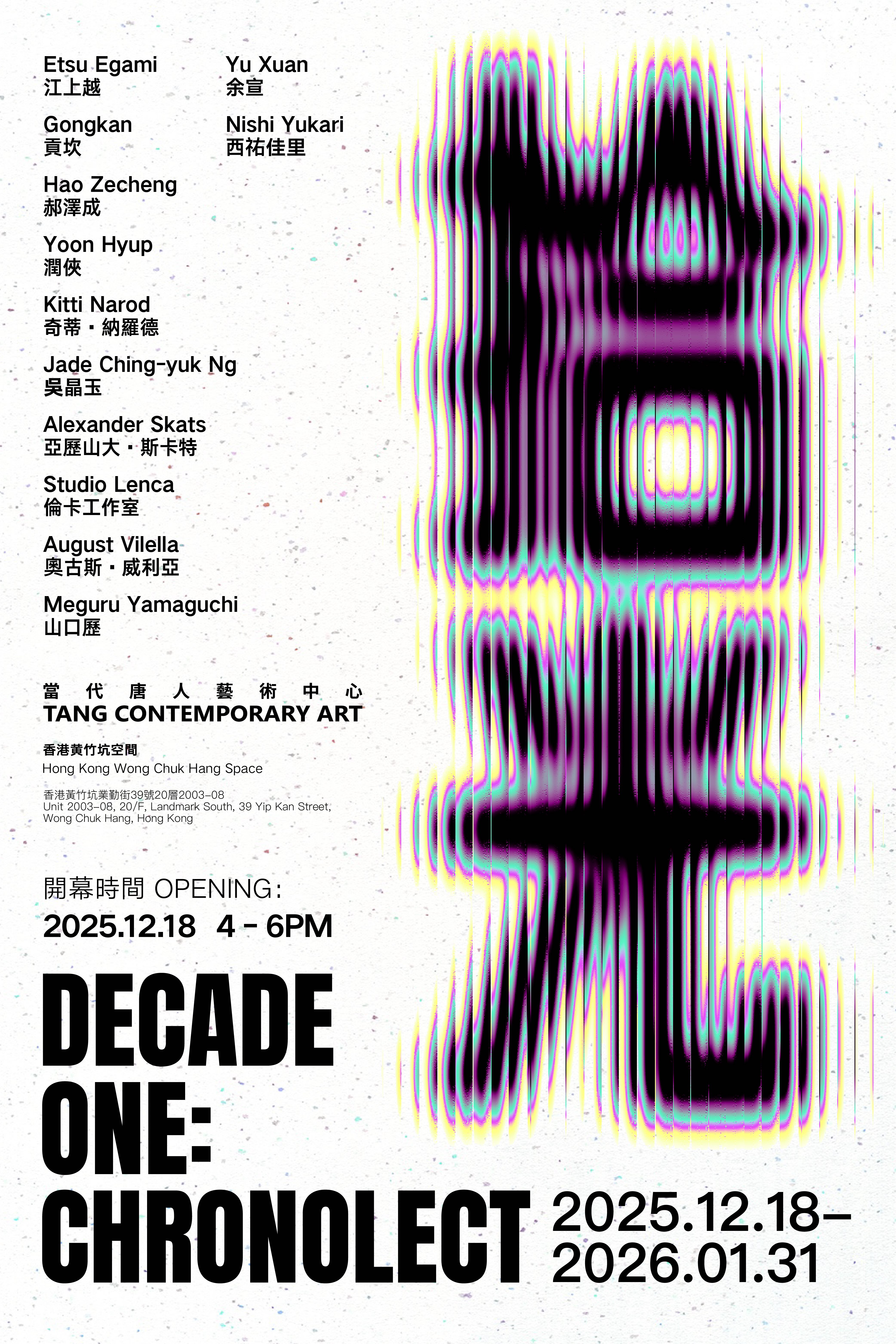
SOUTHERN
Decade One: Chronolect
18 Dec – 31 Jan, 2026
Tang Contemporary Art (Wong Chuk Hang)
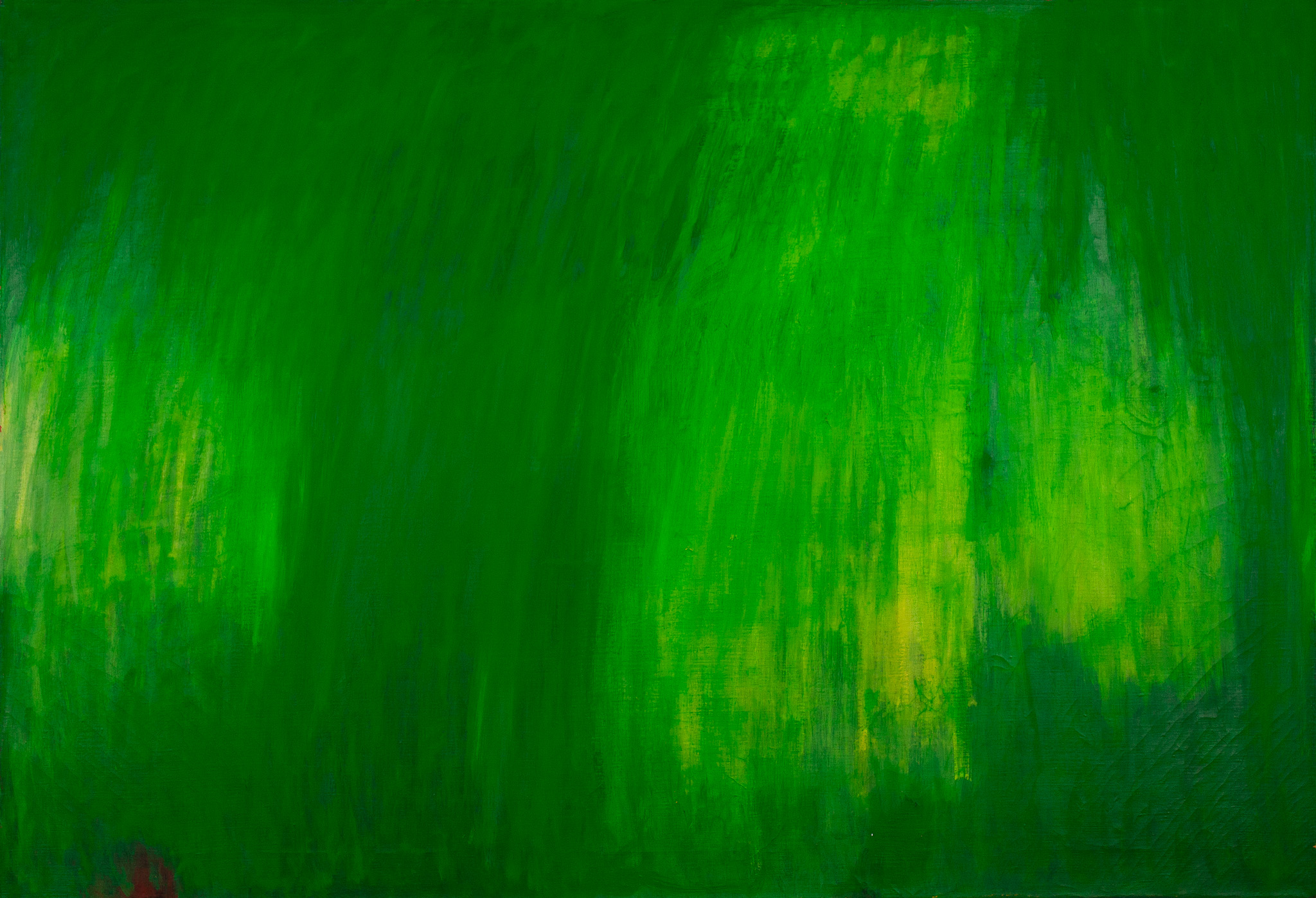
CENTRAL
Vibrant Echoes: Chinyee’s 60-Year Retrospective
16 Dec – 21 Mar, 2026
Alisan Fine Arts
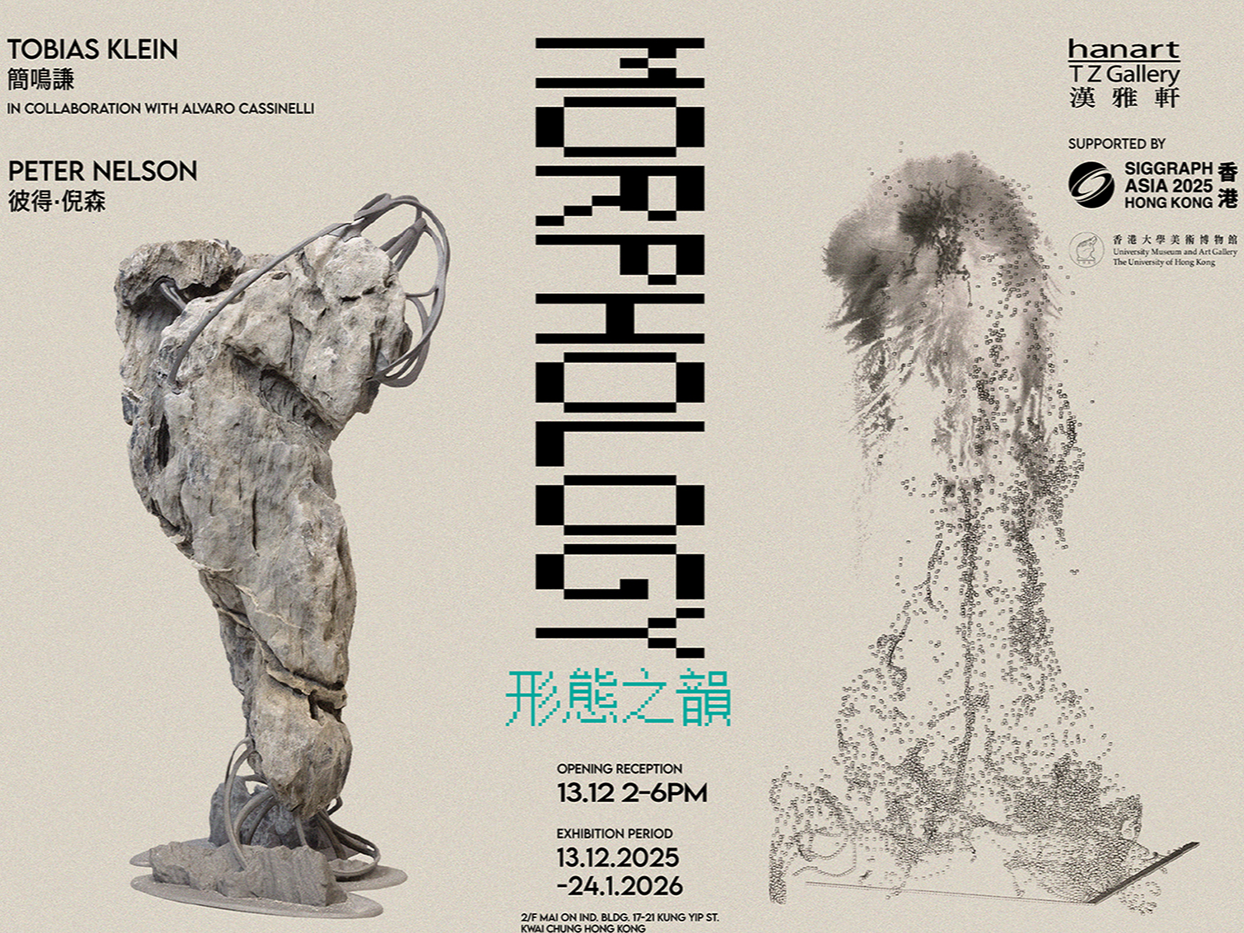
KWAI TSING
MORPHOLOGY
13 Dec – 24 Jan, 2026
Hanart TZ Gallery
.png)
WAN CHAI
Hong Kong Art School 25th Anniversary Exhibition
10 Dec – 8 Jan, 2026
Hong Kong Arts Centre
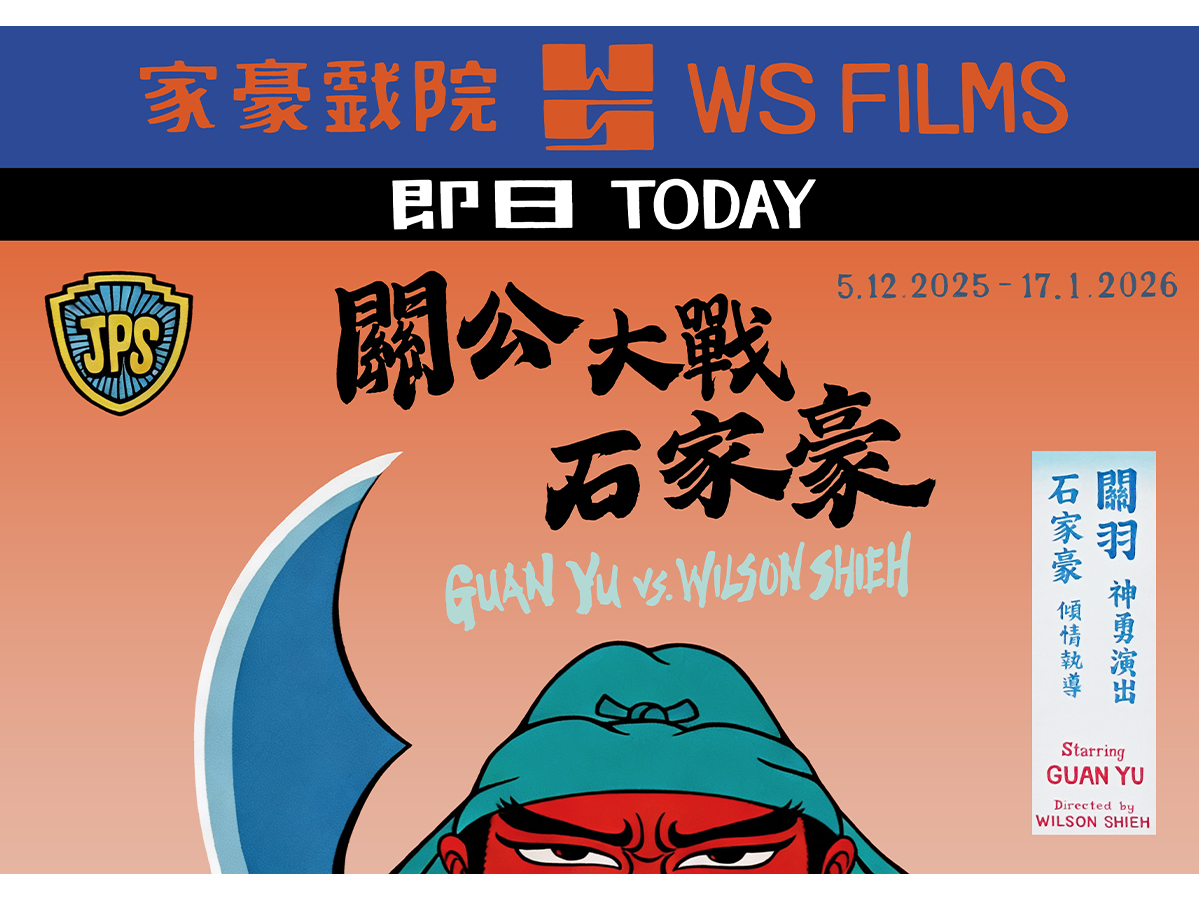
CENTRAL
Guan Yu vs. Wilson Shieh
5 Dec – 17 Jan, 2026
JPS Gallery

SHEUNG WAN
Jasmine Mansbridge: Kaleidoscope City
4 Dec – 17 Jan, 2026
Soluna Fine Art
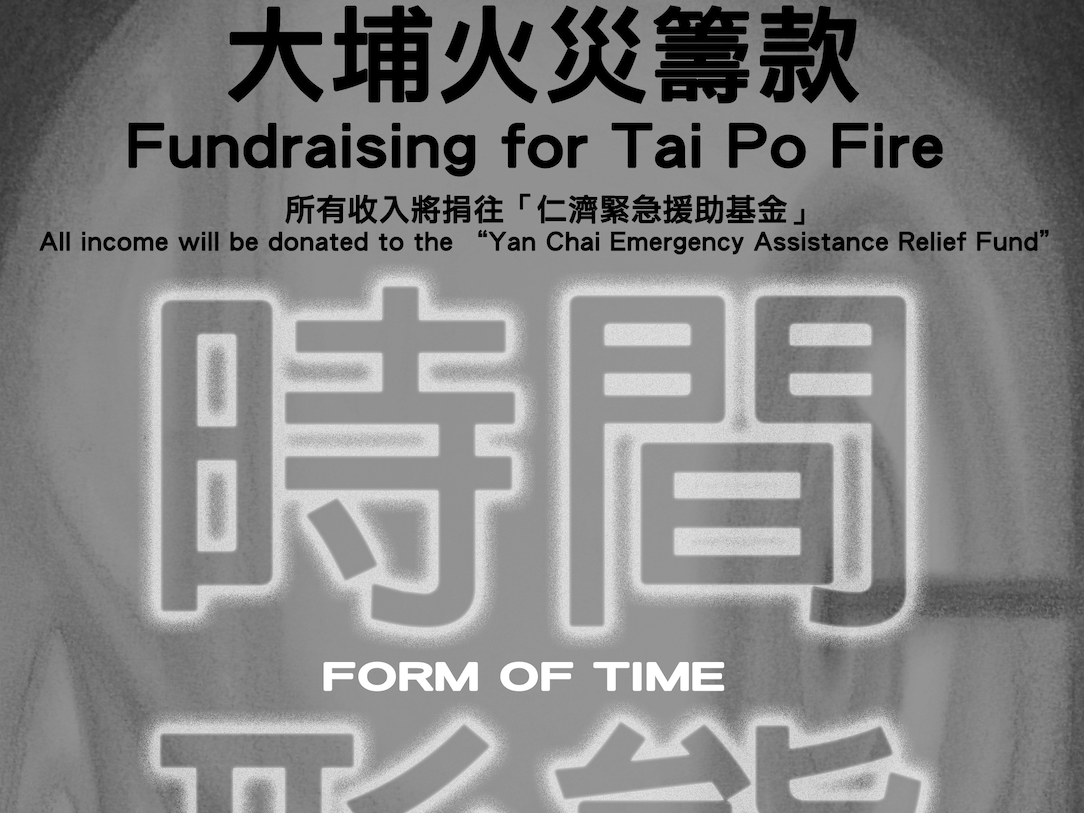
SHEUNG WAN
【Fundraising for Tai Po Fire】LIN Yusi: Form of Time
4 Dec – 15 Jan, 2026
Leo Gallery
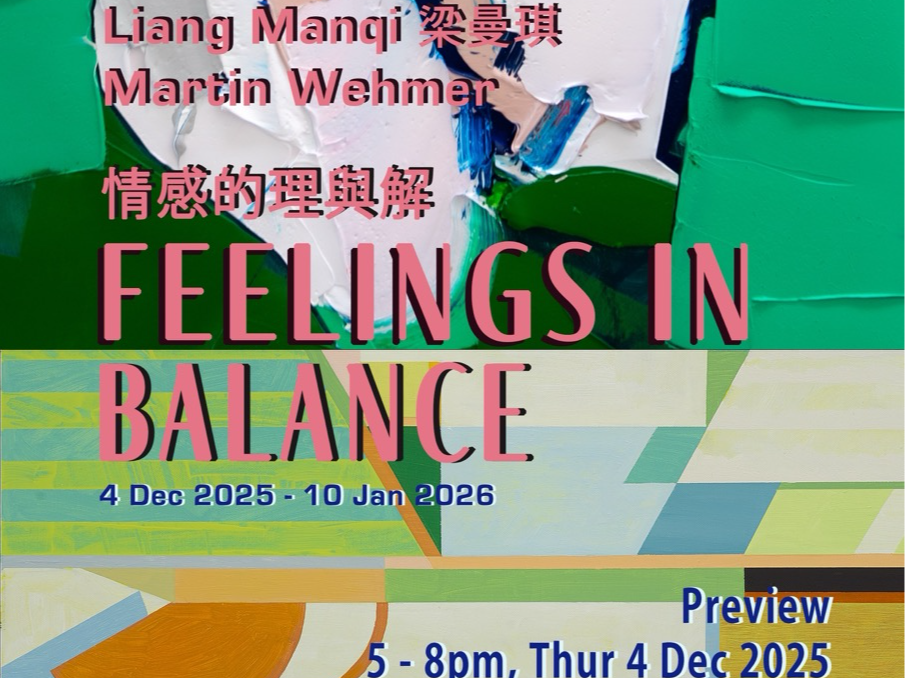
SHEUNG WAN
Feelings in Balance
4 Dec – 10 Jan, 2026
Contemporary by Angela Li
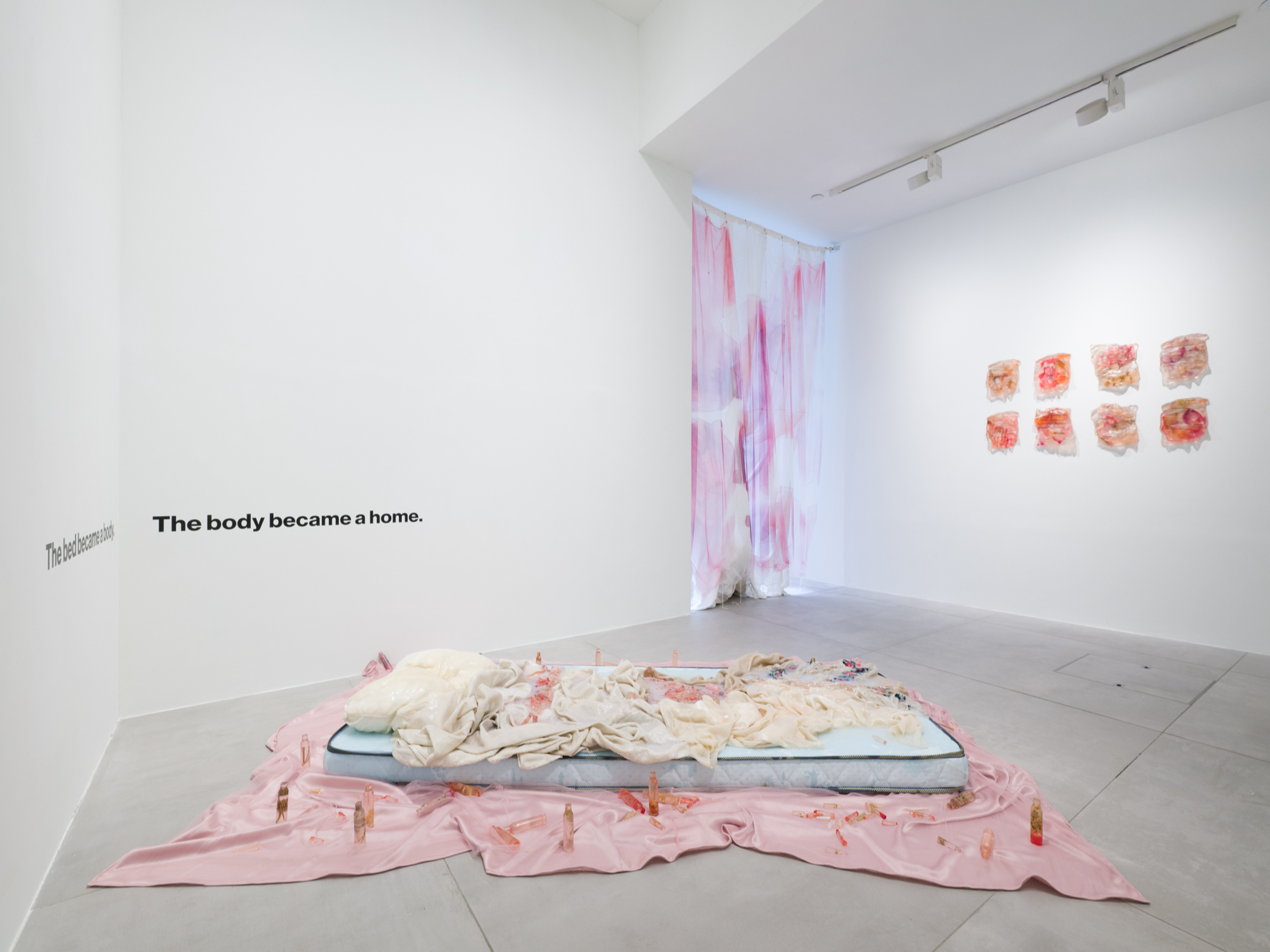
SHEUNG WAN
To Regenerate the Lost: A Solo Exhibition by Maria Kulikovska
3 Dec – 31 Jan, 2026
Double Q Gallery
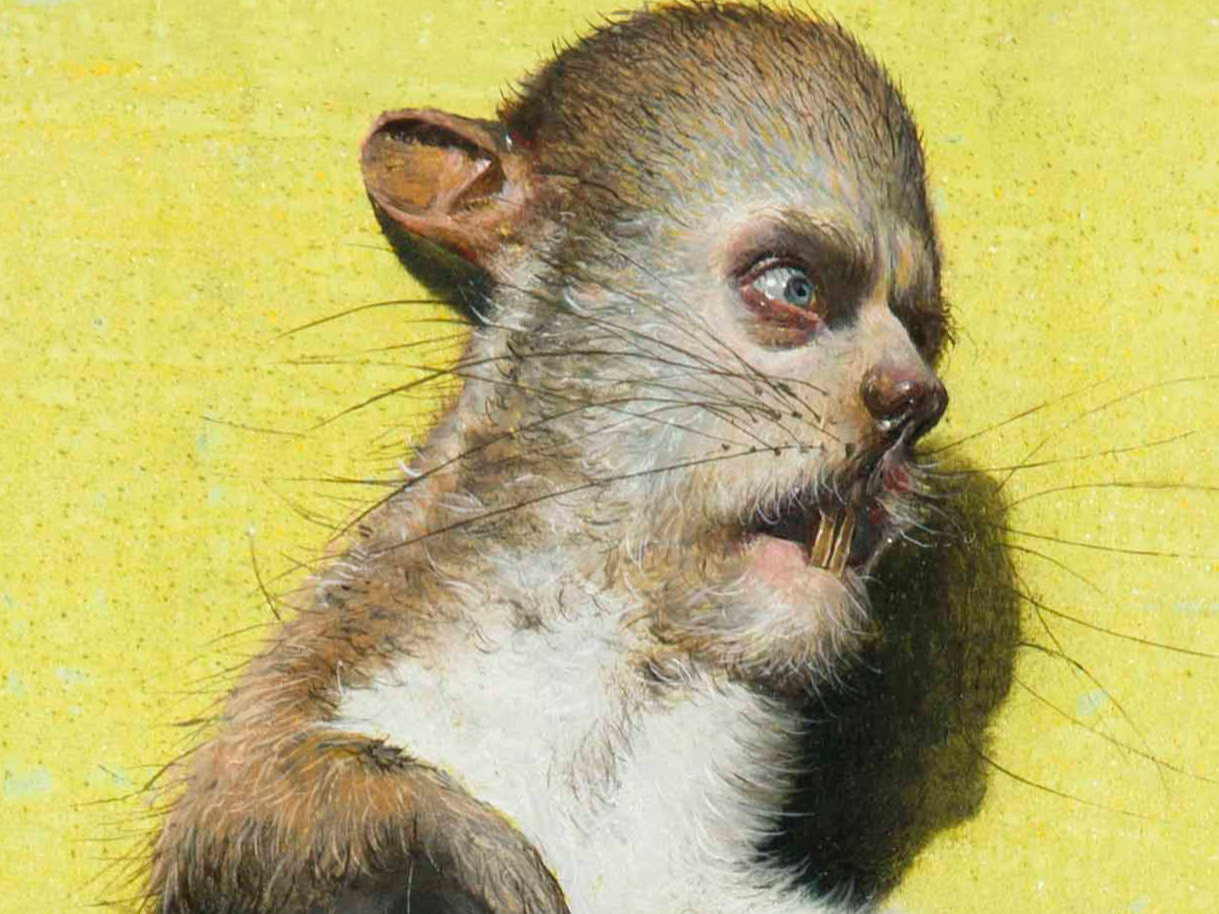
SHEUNG WAN
Stuart Pearson Wright - Roadkill
27 Nov – 3 Jan, 2026
Flowers Gallery

SAI WAN (WESTERN)
MADAM I'M ADAM
27 Nov – 17 Jan, 2026
HART HAUS
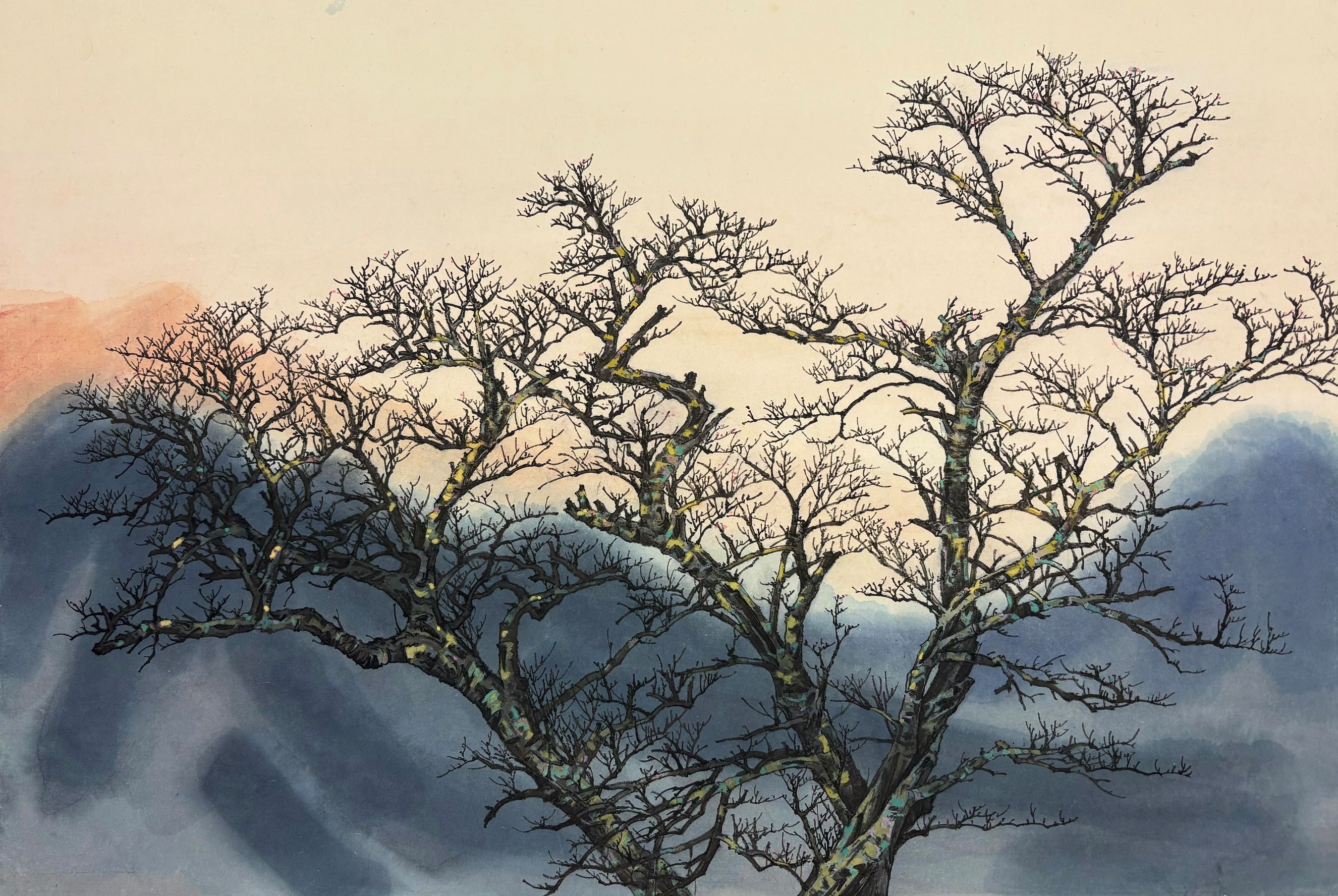
SOUTHERN
Spirit in Flux
22 Nov – 31 Jan, 2026
Alisan Atelier
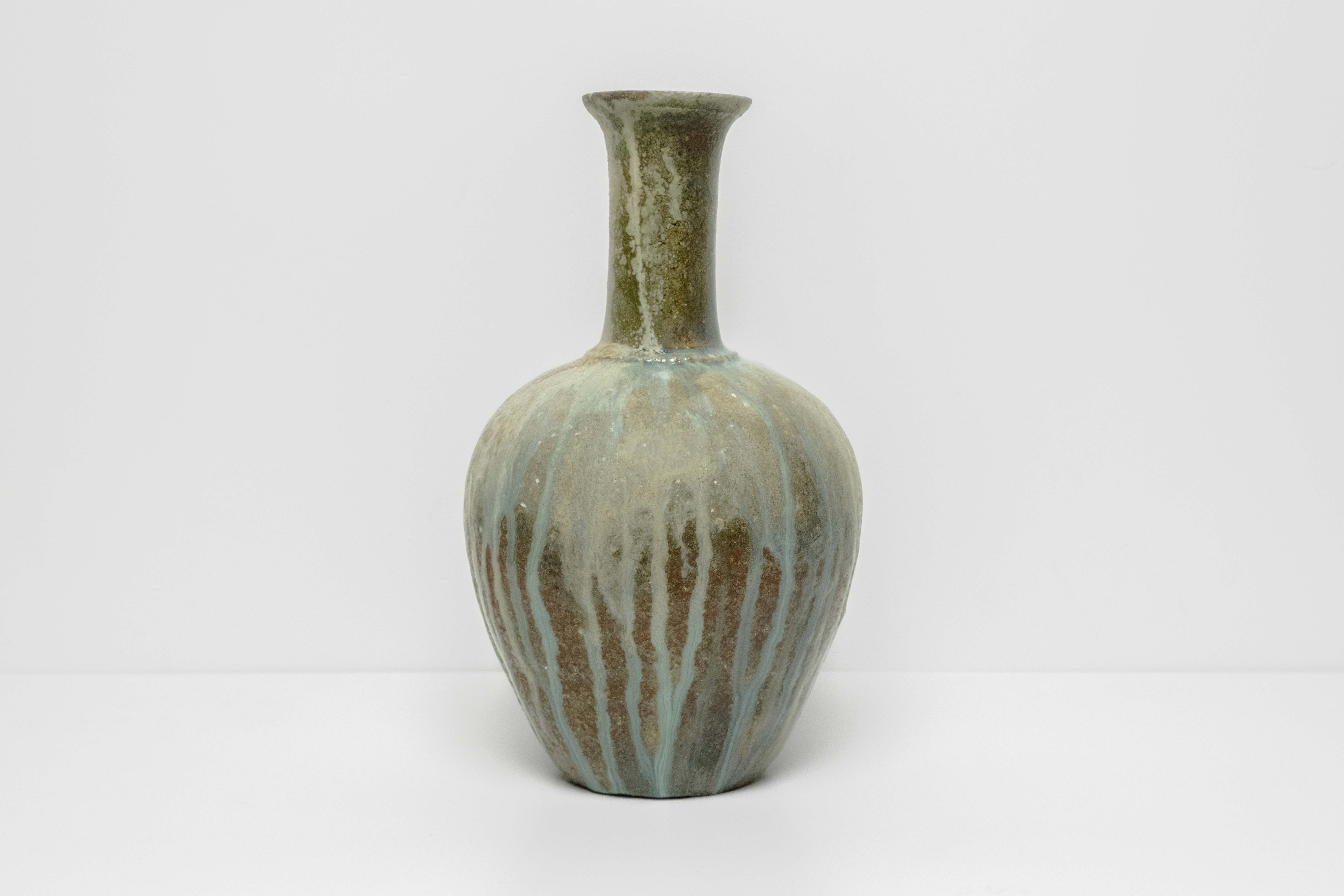
SOUTHERN
Forms of Becoming
22 Nov – 3 Jan, 2026
WKM Gallery

SOUTHERN
Caison Wang: Limerent Warrior • The Digital Reincarnation
22 Nov – 17 Jan, 2026
DE SARTHE
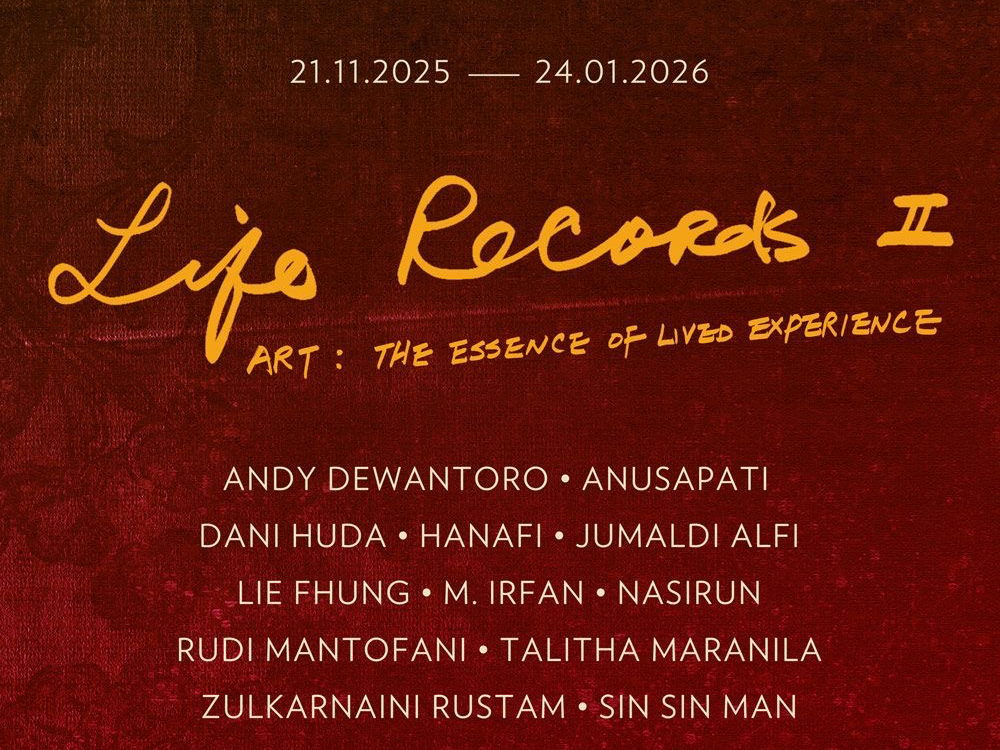
SOUTHERN
Life Record II
21 Nov – 24 Jan, 2026
Sin Sin Fine Art
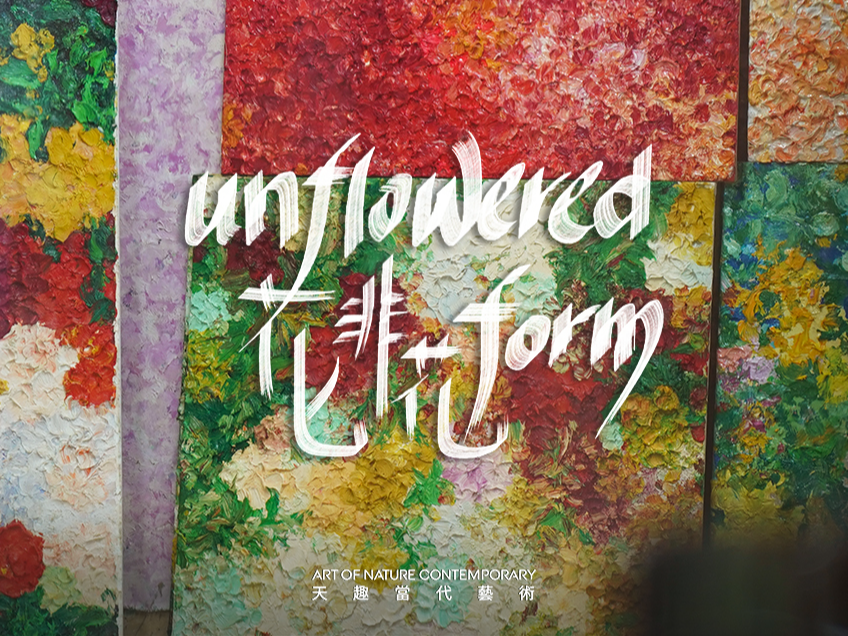
CENTRAL
Wong Sau Ching:Unflowered Form
21 Nov – 10 Jan, 2026
Art of Nature Contemporary (Central)
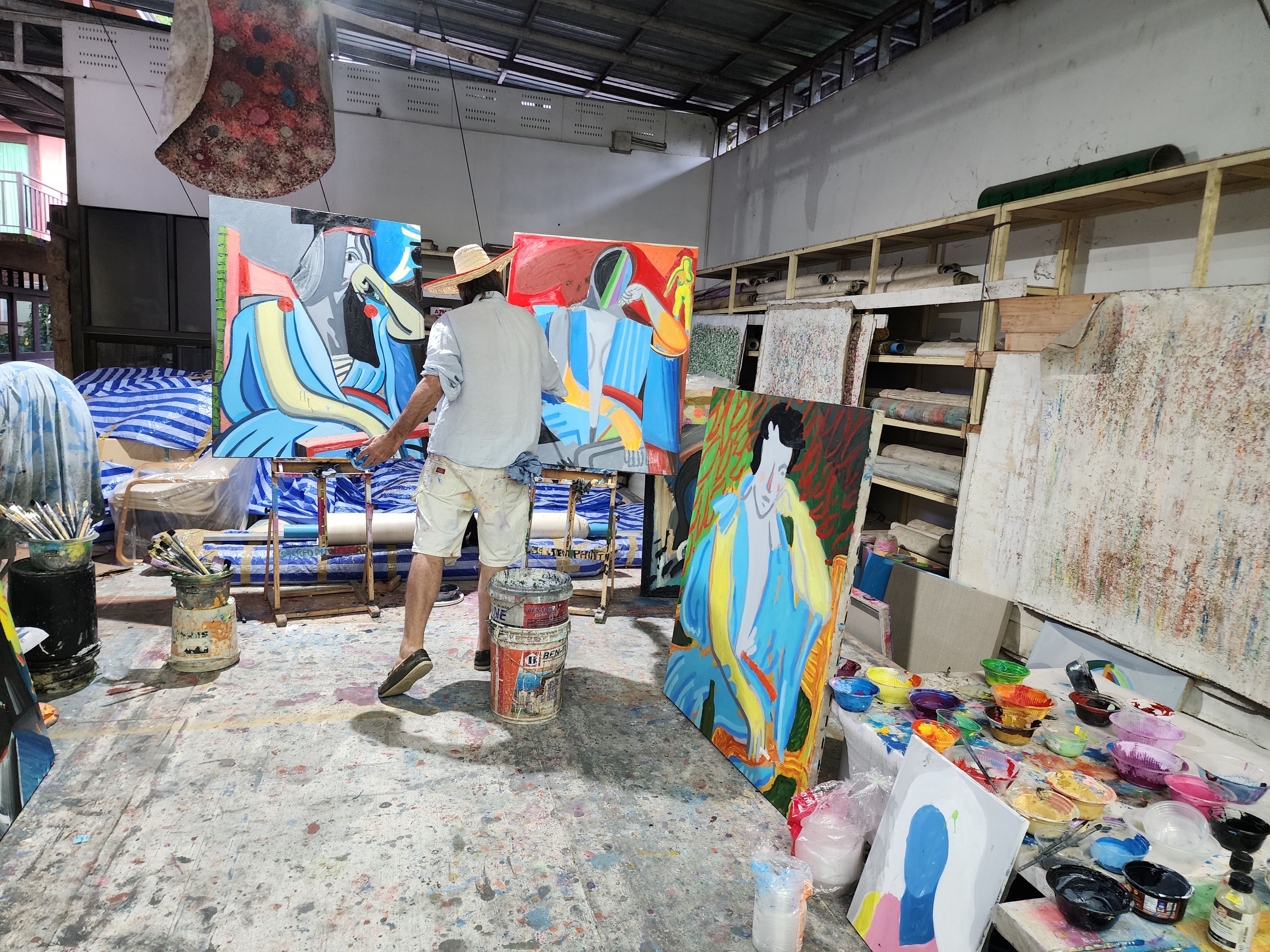
CENTRAL
Spencer Sweeney: Paint
19 Nov – 28 Feb, 2026
Gagosian

CENTRAL
Fung Ming Chip
19 Nov – 3 Jan, 2026
gdm (Galerie du Monde)
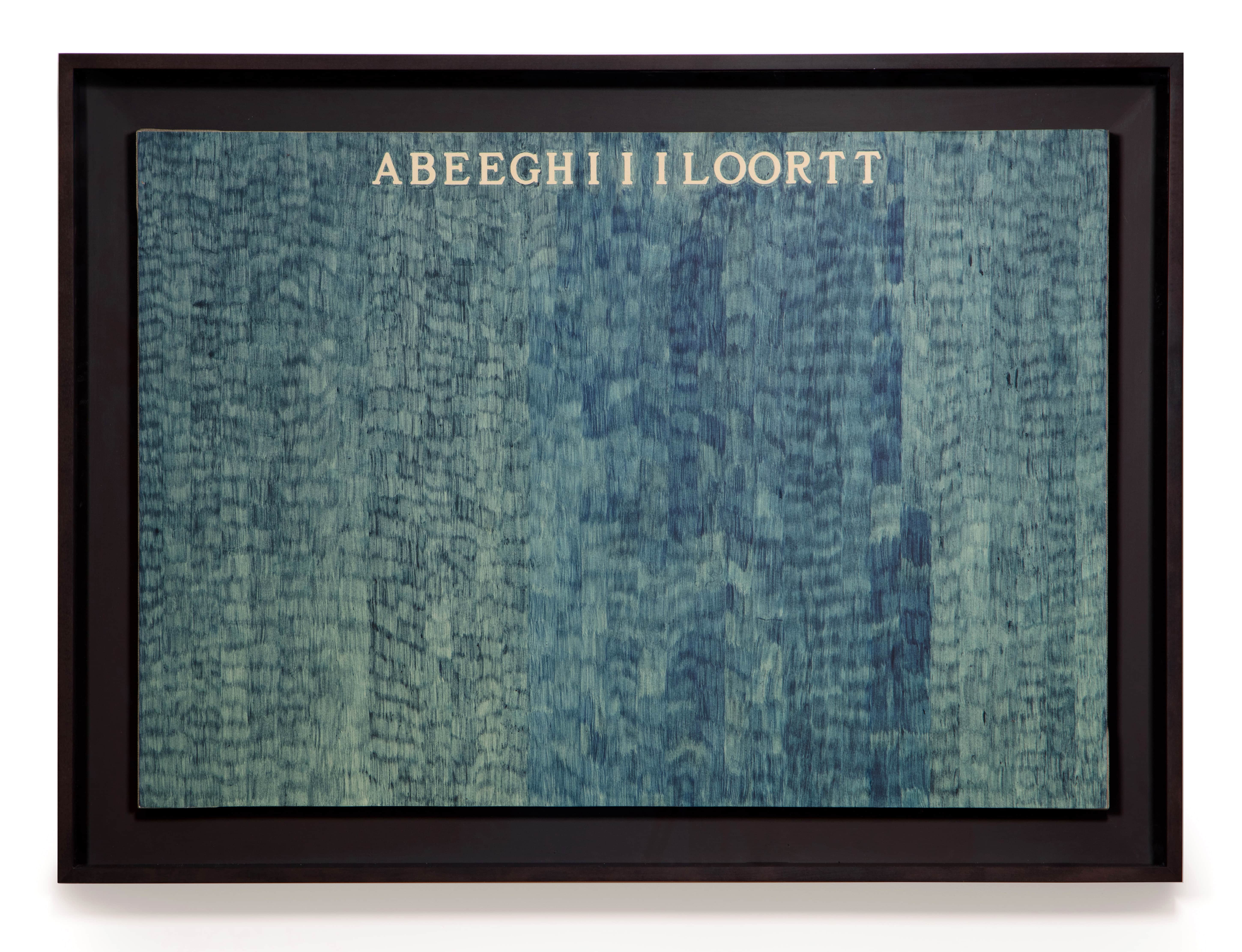
SOUTHERN
ALIGHIERO E BOETTI ONONIMO
12 Nov – 14 Feb, 2026
Ben Brown Fine Arts

CENTRAL
Cats in a Floating World
10 Nov – 31 Dec, 2025
I.F. Gallery
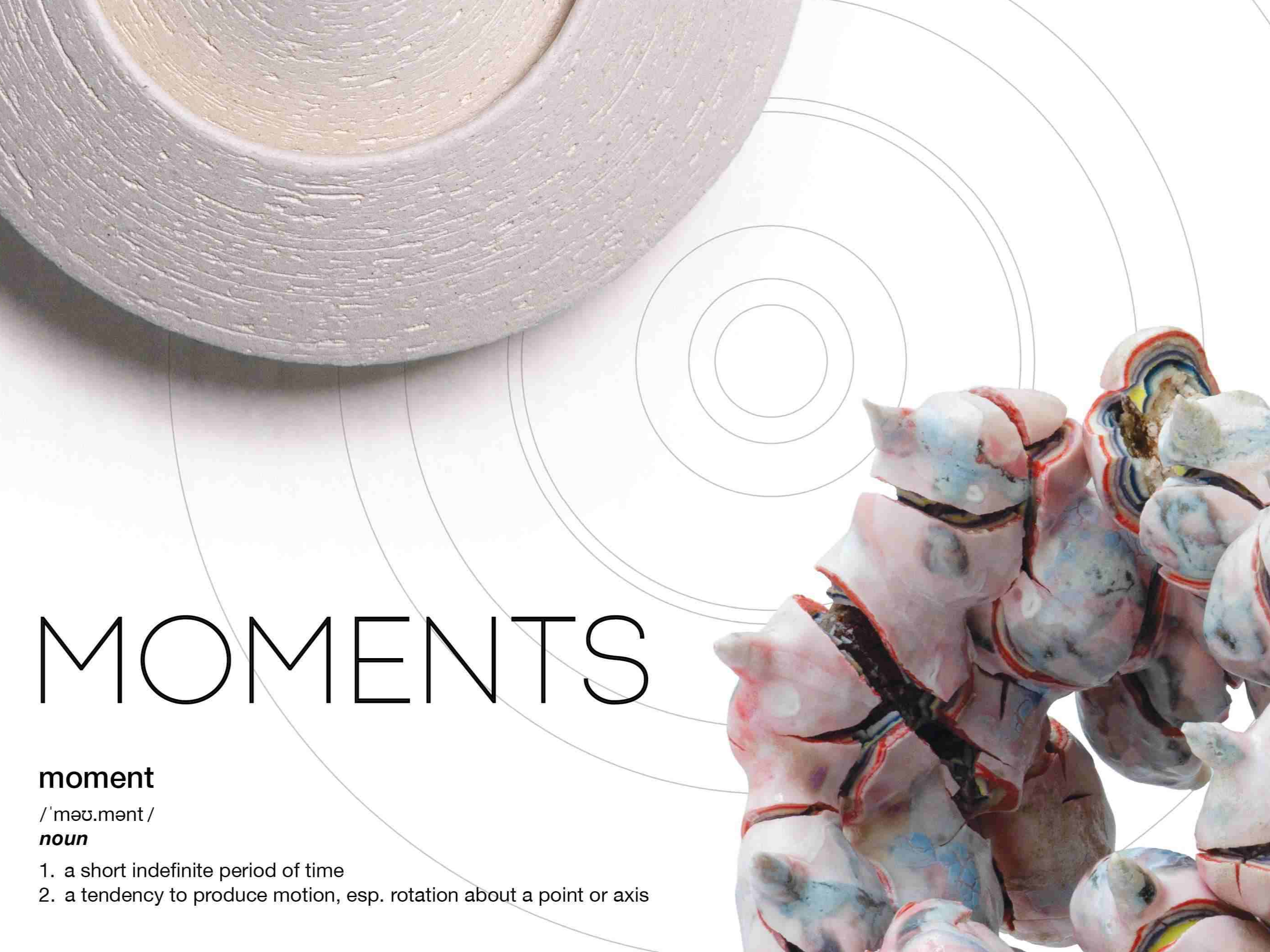
SOUTHERN
Moments | Ryan Cheng x Yuko Fukuba Johnsson
8 Nov – 31 Jan, 2026
wamono art
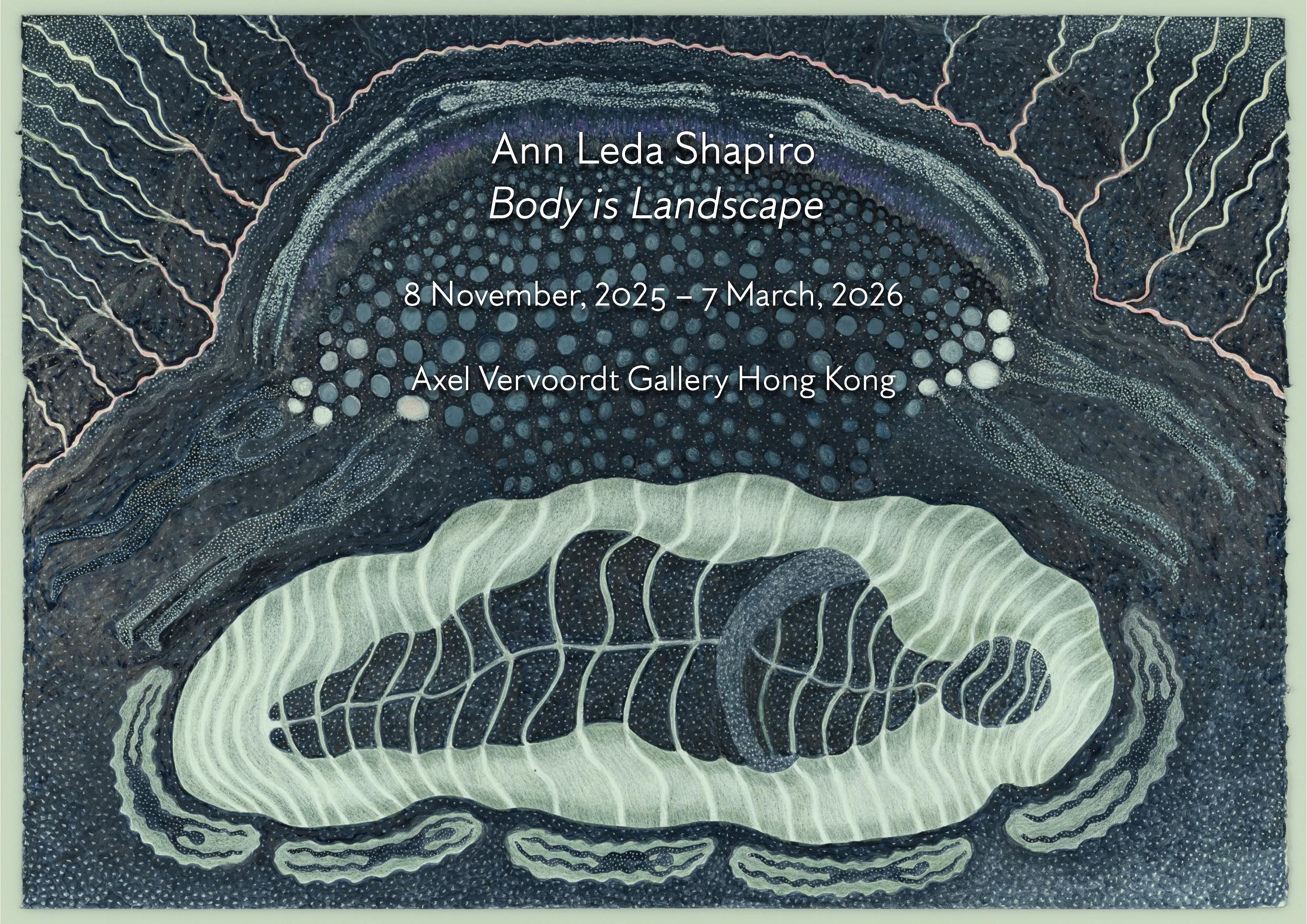
SOUTHERN
Ann Leda Shapiro: Body is Landscape
8 Nov – 7 Mar, 2026
Axel Vervoordt Gallery
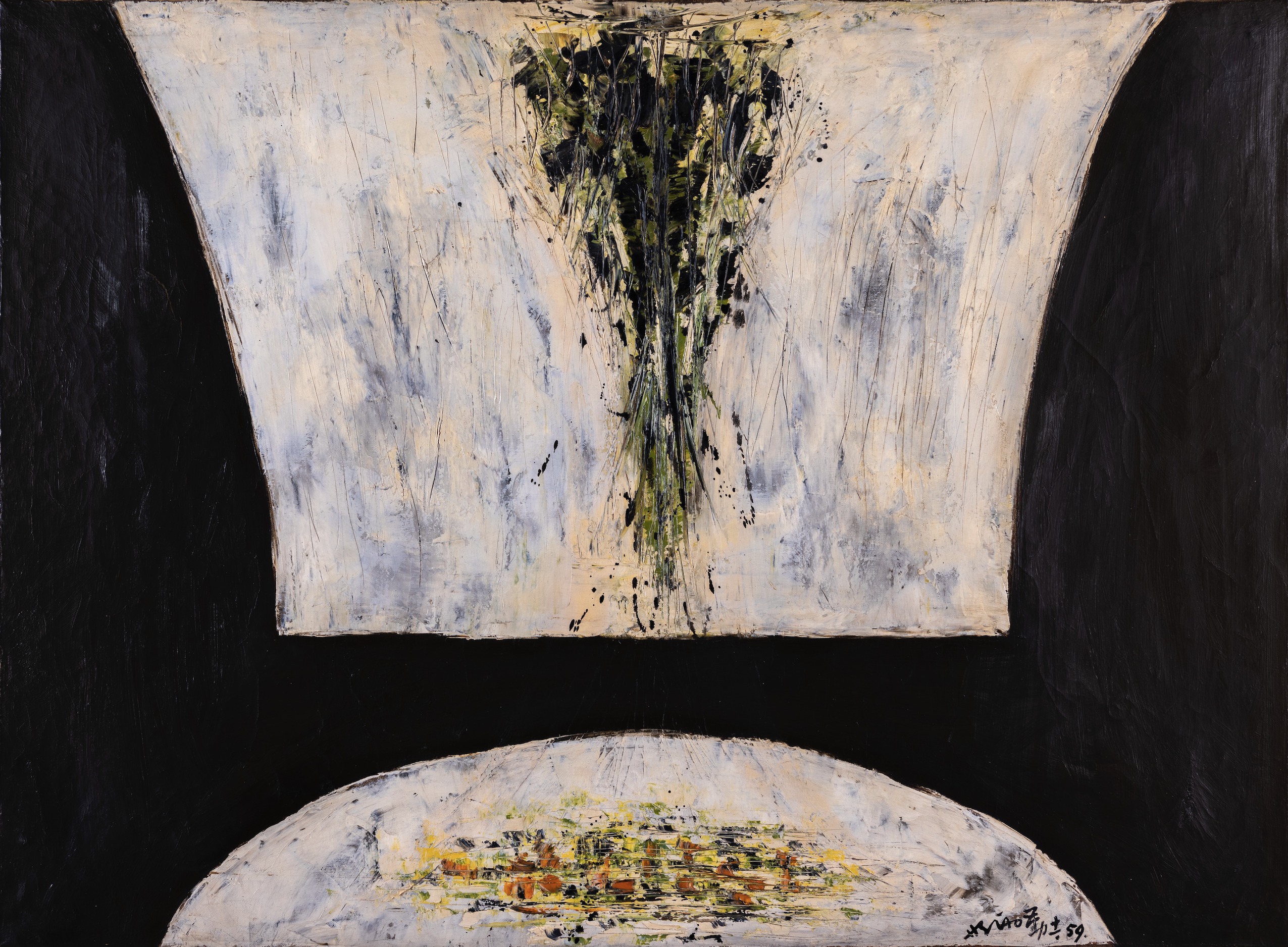
CENTRAL
Hsiao Chin Archives - The Light of Hope Exhibition
7 Nov – 23 Jan, 2026
3812 Gallery

SOUTHERN
Wei Wei, anybody home?
1 Nov – 30 Dec, 2025
a Gallery
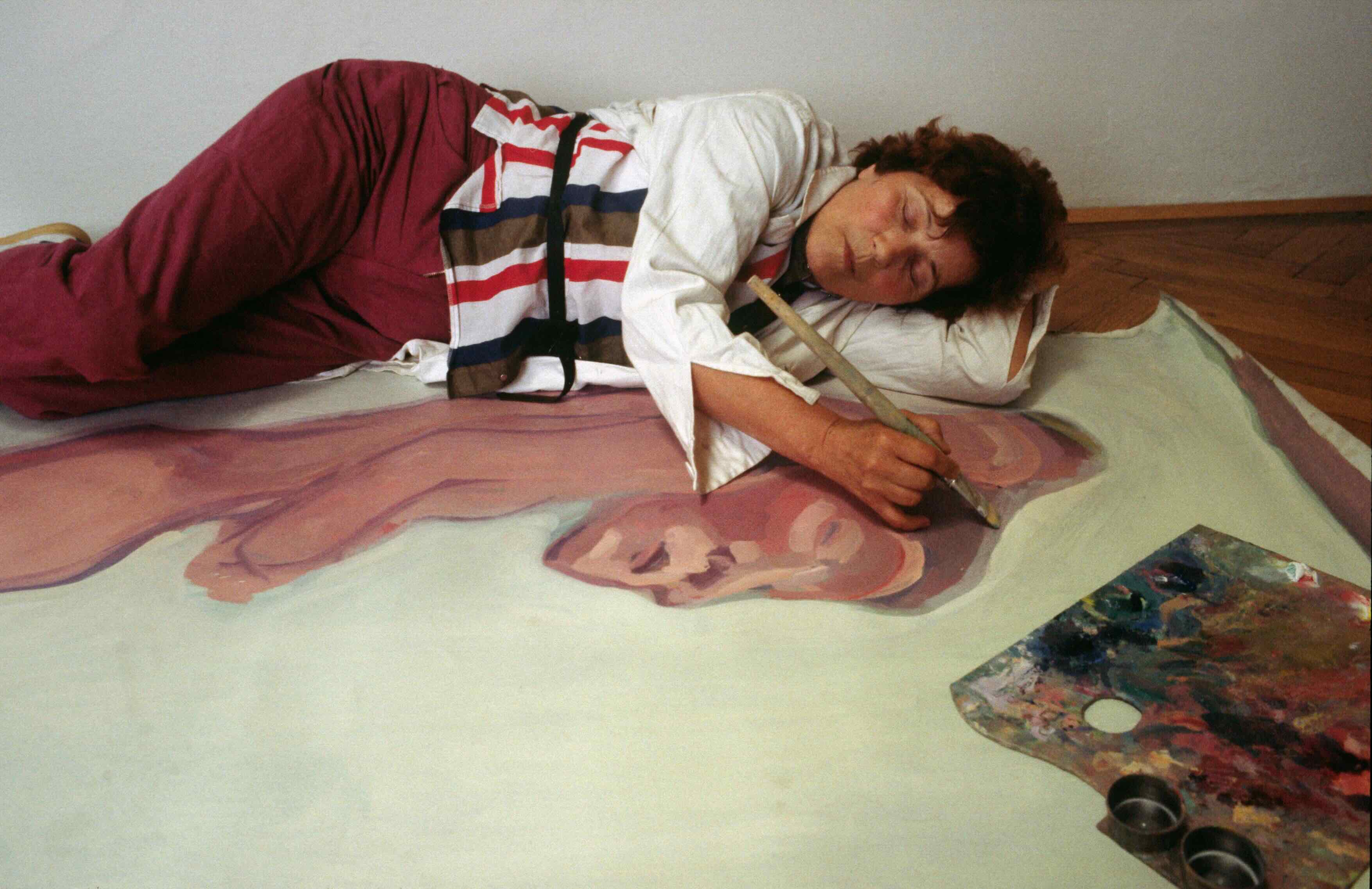
CENTRAL
Maria Lassnig. Self with Dragon
26 Sep – 28 Feb, 2026
Hauser & Wirth
OPENING SOON
Tang Kwong San: Rootstock
12 Sep – 9 Nov, 2024
gdm (Galerie du Monde)

gdm (Galerie du Monde)
Address: 108, Ruttonjee Centre, 11 Duddell St., Central
Opening Hours: Tue–Sat 10am–7pm
Phone: +852 2525 0529
Email: enquiry@galeriedumonde.com
Website: galeriedumonde.com


